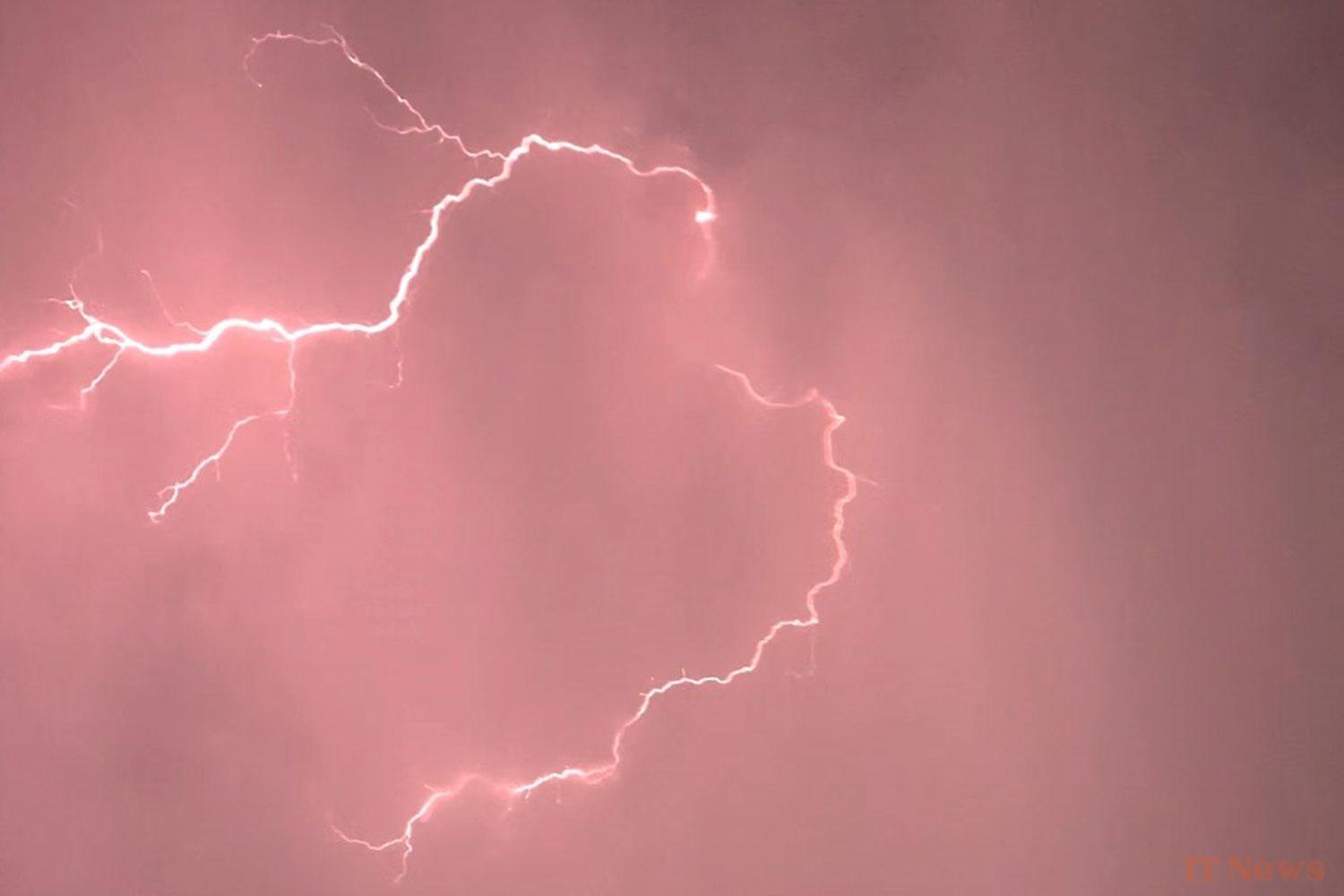When we observe a thunderstorm, two phenomena occur almost simultaneously but are perceived at different times: lightning and thunder. These two events are closely related and come from the same source, but the speed at which they reach our senses differs greatly. This is due to the difference between the speed of light and the speed of sound.
At the Speed of Lightning
When lightning strikes, it generates light and sound waves. Light waves, which give us visible lightning, travel at a speed of about 300,000 kilometers per second. This is why we see lightning almost immediately. In contrast, sound waves, which produce thunder, travel at a much slower speed: about 343 meters per second in air at room temperature.
This difference in speed creates a time lag between the moment we see lightning and the moment we hear thunder. The further away the storm, the greater this delay. By measuring this delay, we can estimate the distance between us and the storm.
1 second = 1 km?
Every second between seeing lightning and hearing thunder represents about 343 meters. This is due to the speed of sound in air. For simplicity, we can round this figure up to 300 meters per second, which means that a three-second wait between lightning and thunder corresponds to a distance of about one kilometer.
For example, if you count five seconds between seeing lightning and hearing thunder, this means the storm is about 1.7 kilometers away (taking the exact value of 343 m/s for the speed of sound). If you count ten seconds, the thunderstorm is about 3.4 kilometers away.
It's important to note that this method gives an estimate, not an exact measurement. Several factors can influence the speed of sound, such as temperature, humidity, and air pressure. Additionally, sound can be reflected or absorbed by buildings or trees, which can also affect the accuracy of this method. Similarly, sound travels faster in warm air than in cold air. So, on a warm summer day, the time between lightning and thunder might be slightly different than on a cool fall evening.
Nevertheless, this rule is a useful tool for getting an idea of how close a thunderstorm is. Maintaining a safety margin can help you make informed decisions in bad weather and ensure your safety.
A Valuable Indicator
The time between lightning and thunder isn't just a natural curiosity, but a valuable indicator that allows us to estimate the distance of a storm. This ancient knowledge, used for centuries, reminds us of the importance of paying attention to our surroundings and the signals it sends us.
Finally, it's crucial to remember that, while this is a useful technique for estimating the distance of a storm, safety must always be the priority. If you find yourself outside during a thunderstorm, it's essential to seek shelter, especially if the time between lightning and thunder is short, indicating that the storm is close. Thunderstorms can be unpredictable, with associated risks such as flash flooding, strong winds, and, of course, lightning itself.



0 Comments